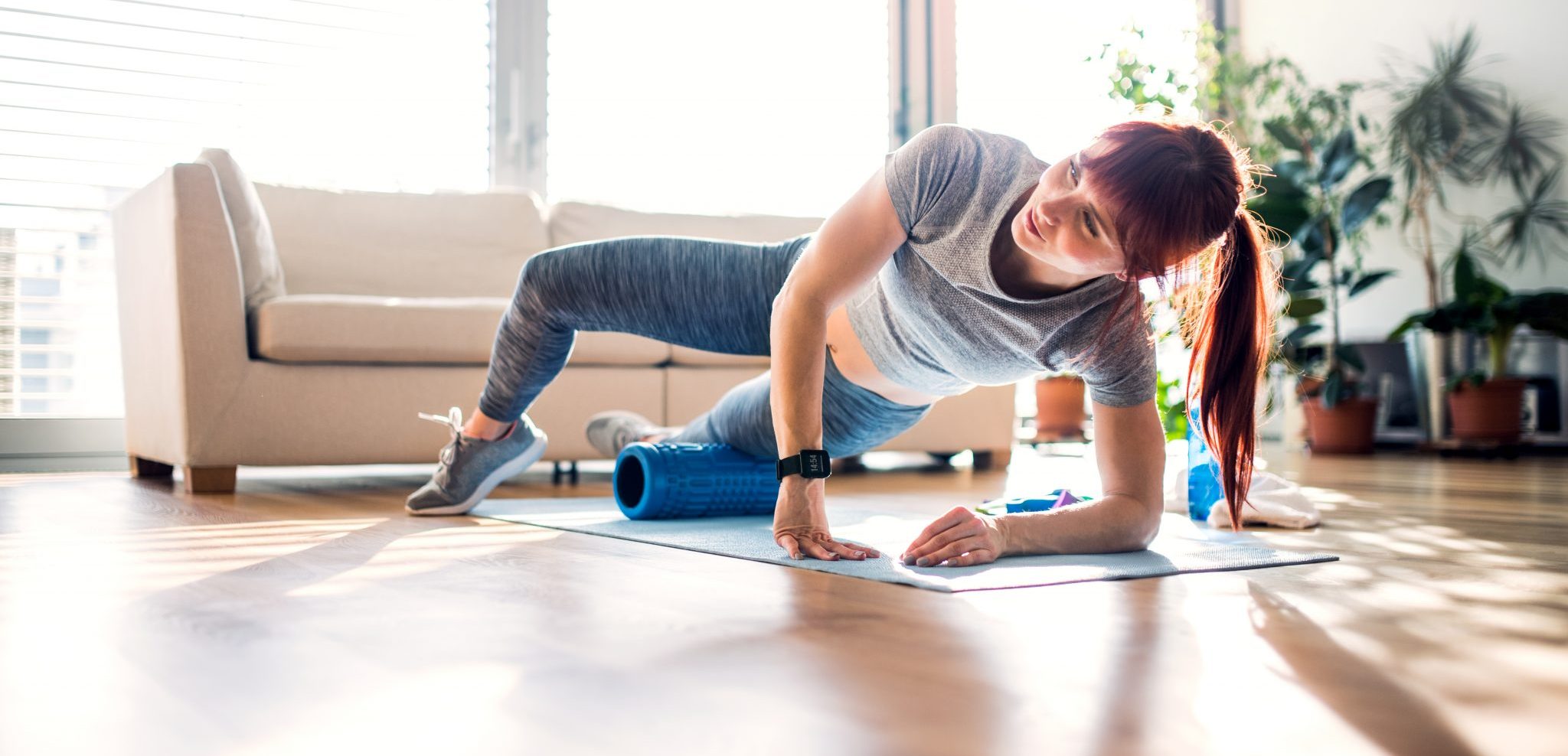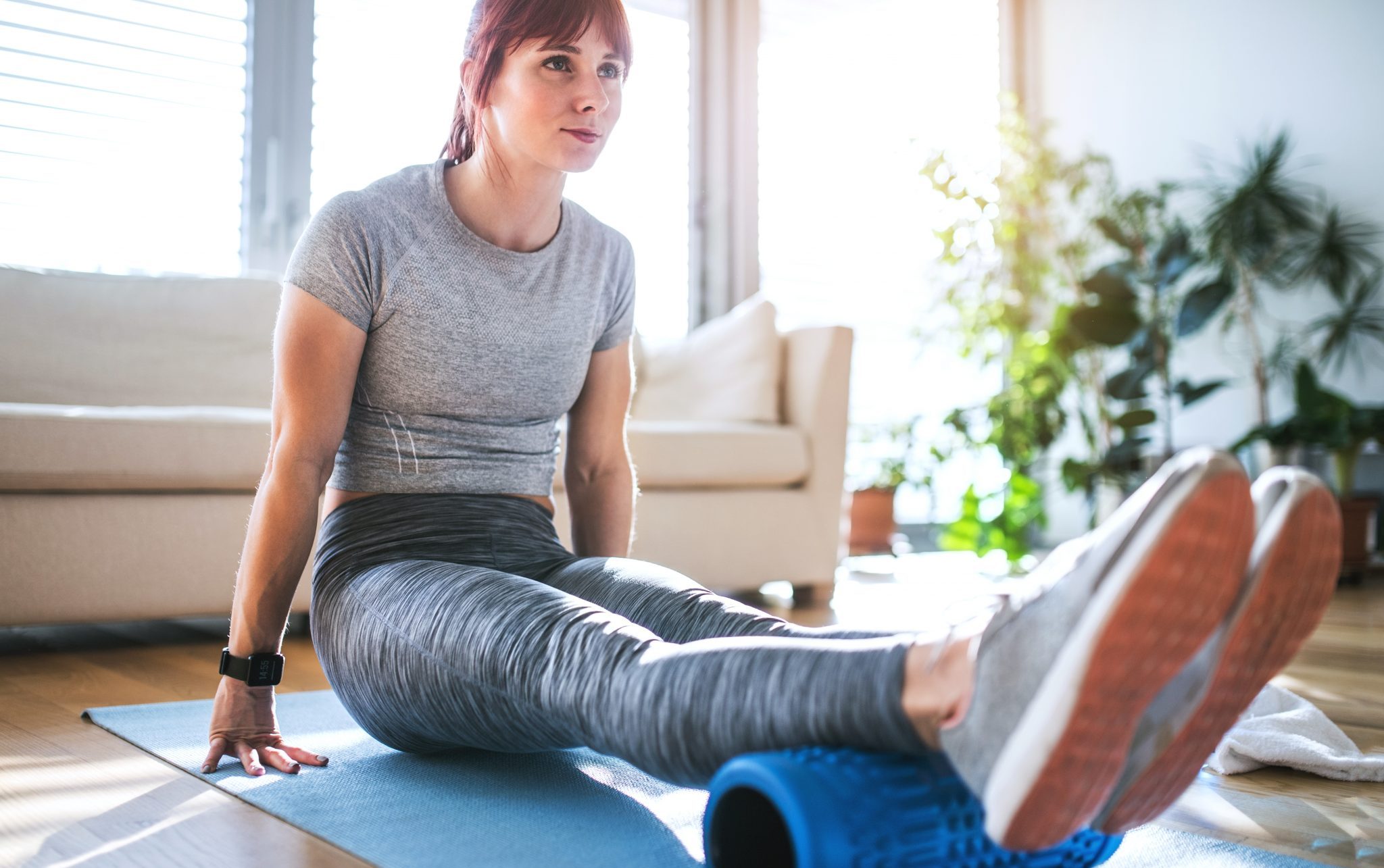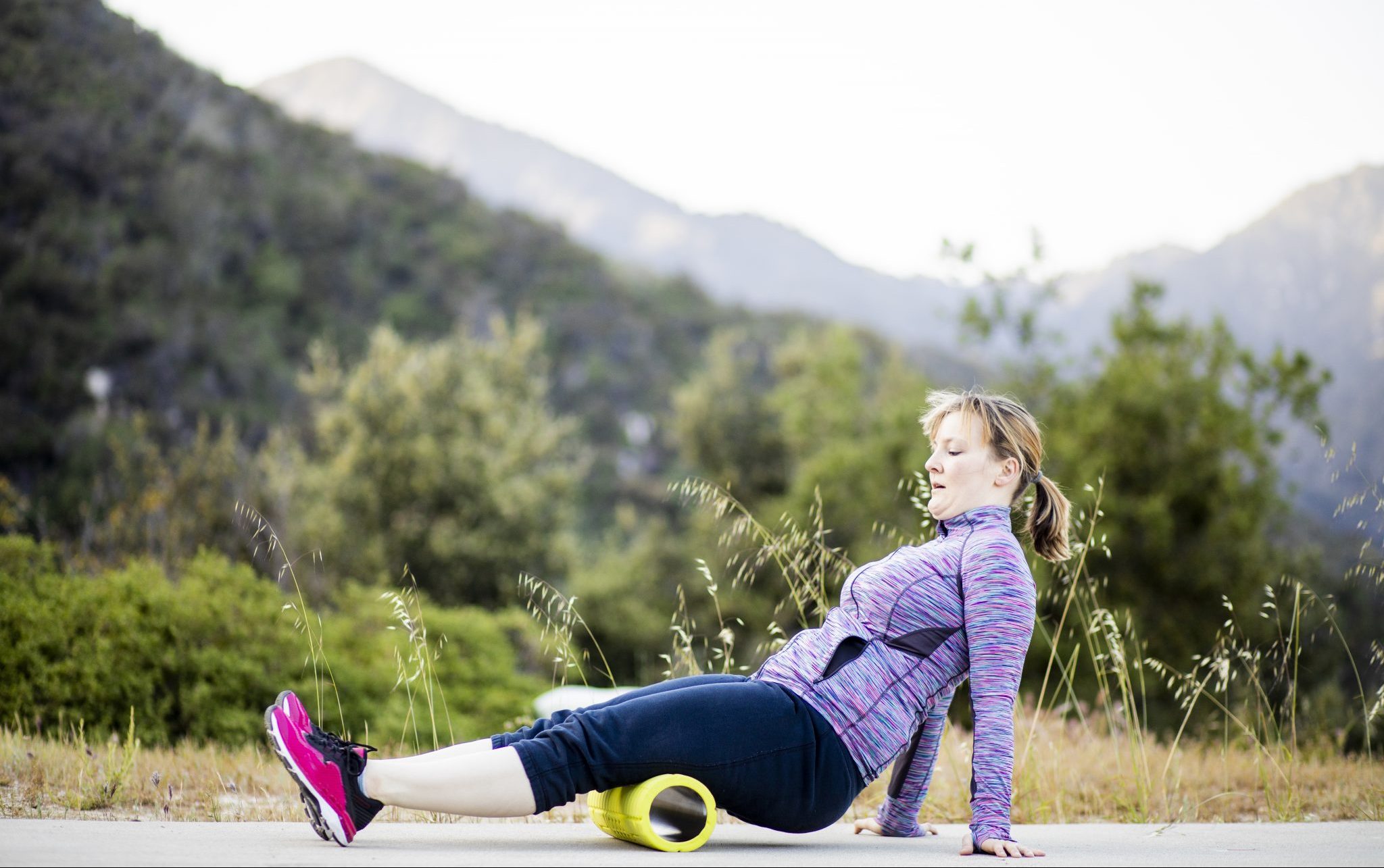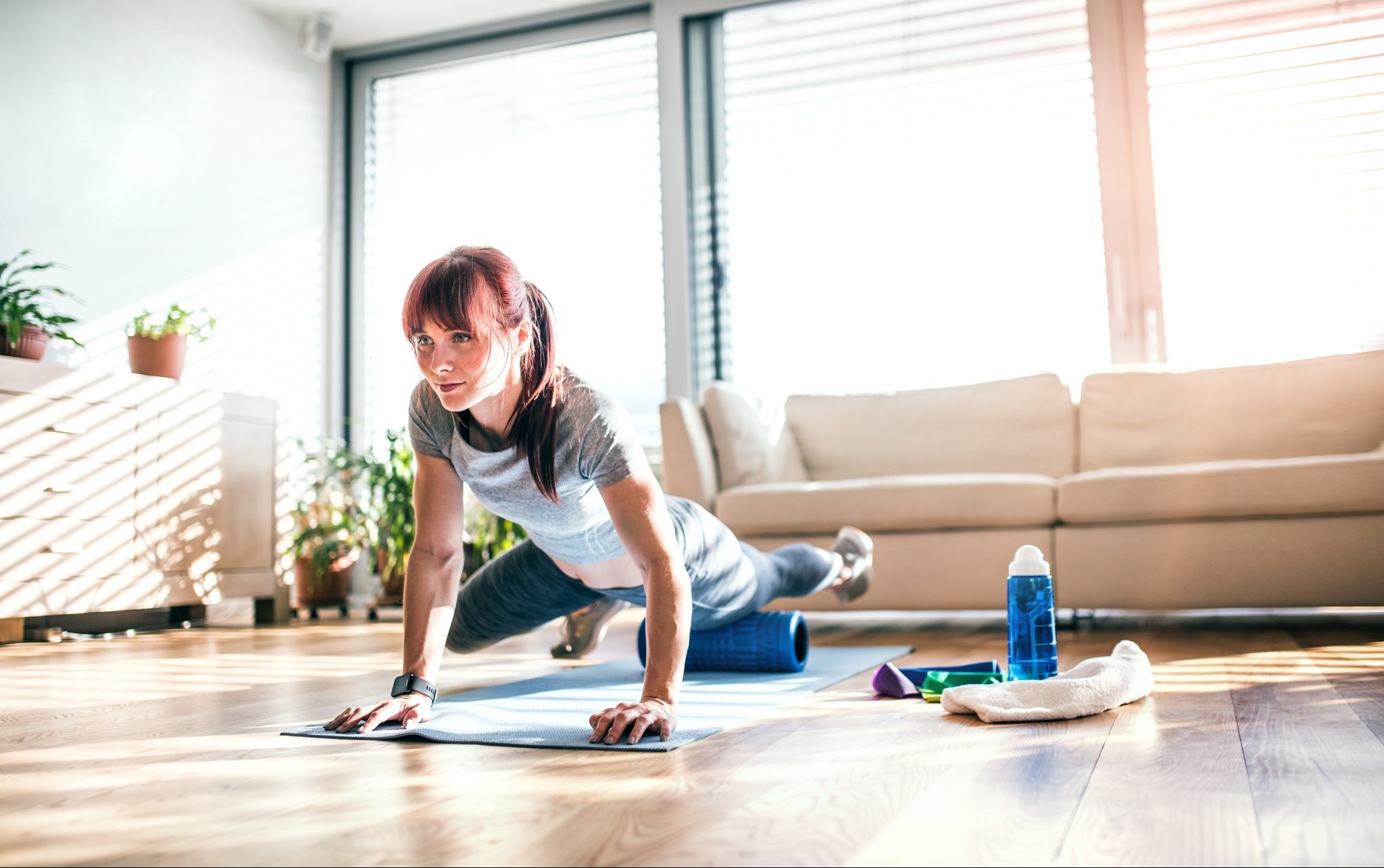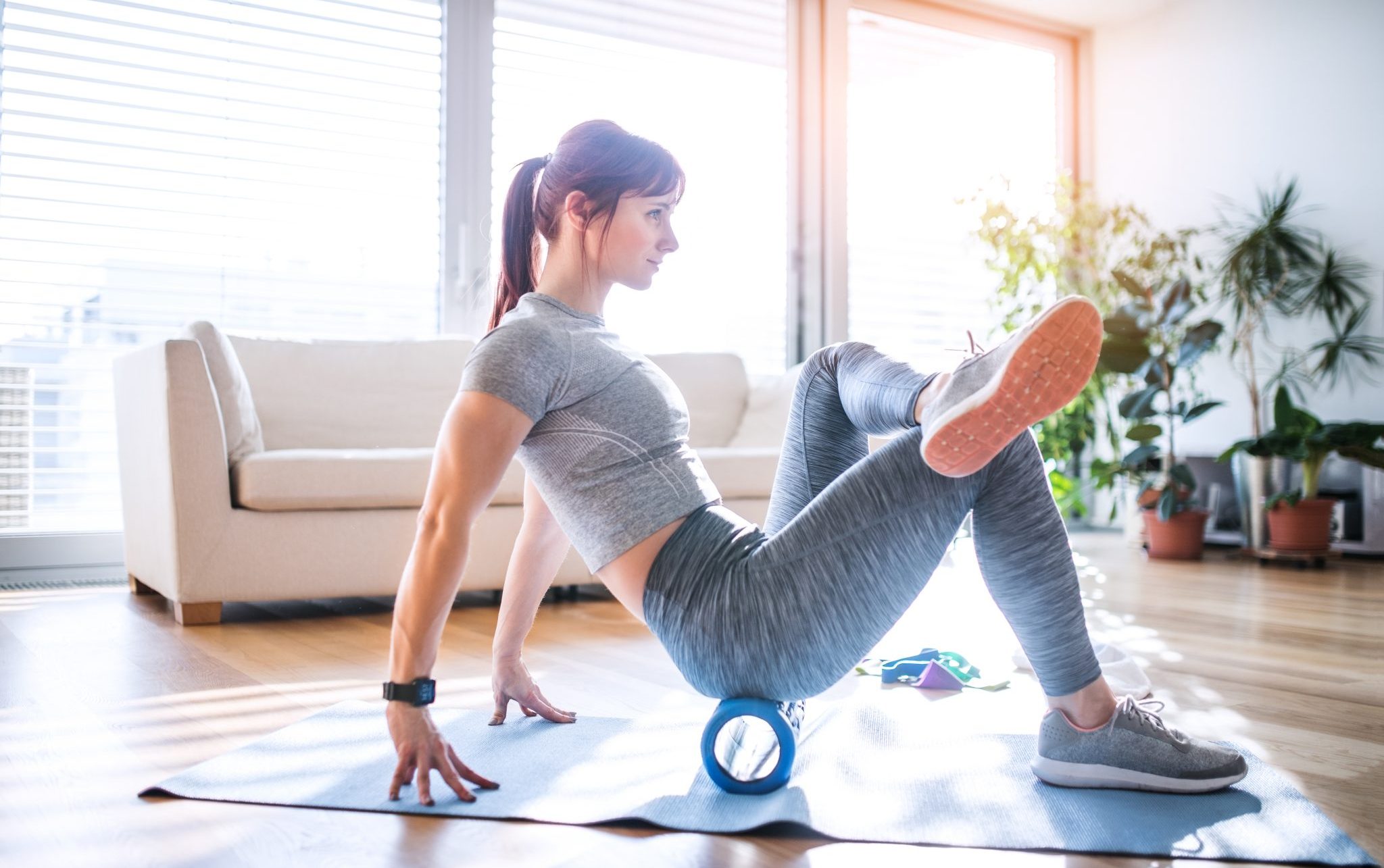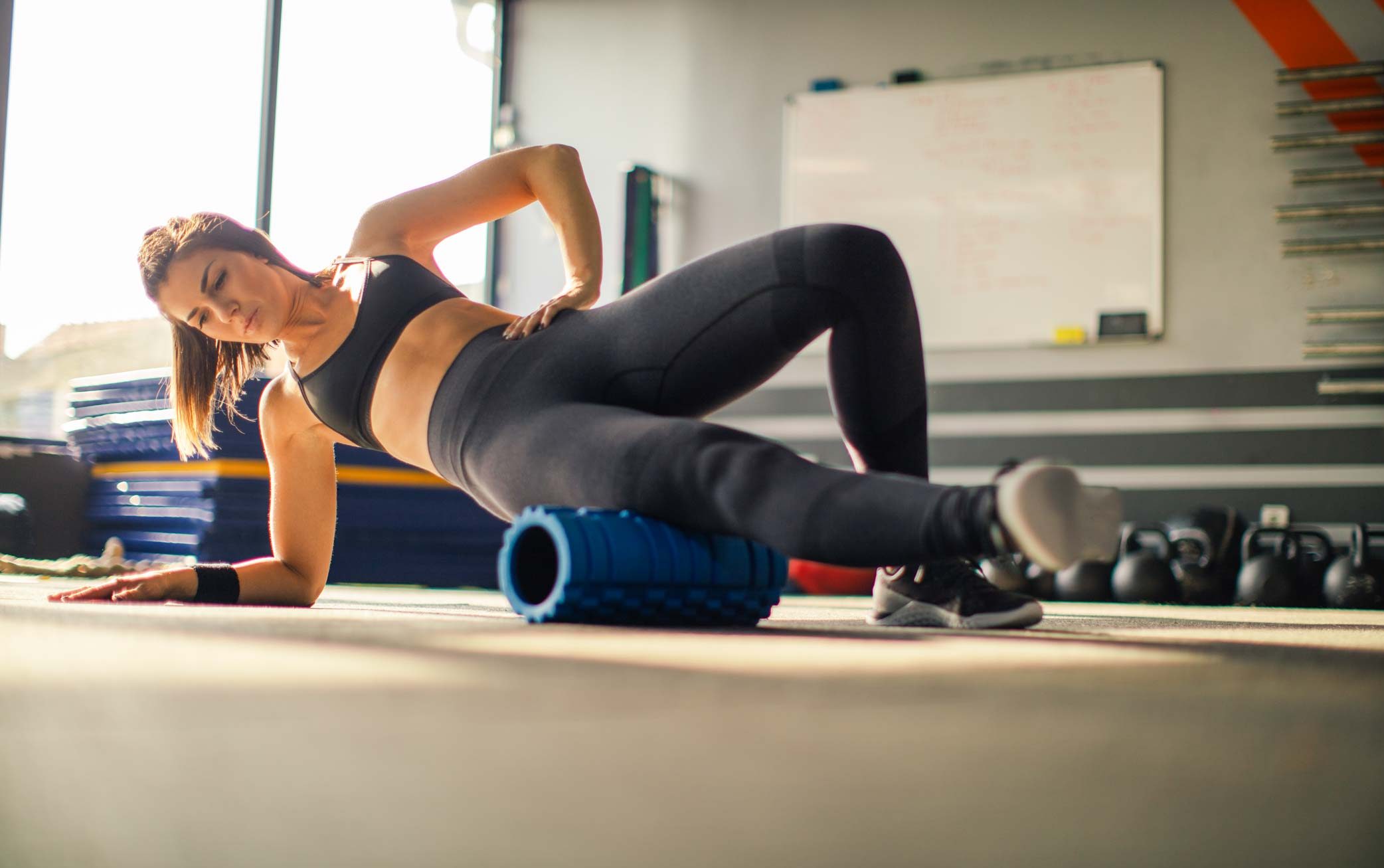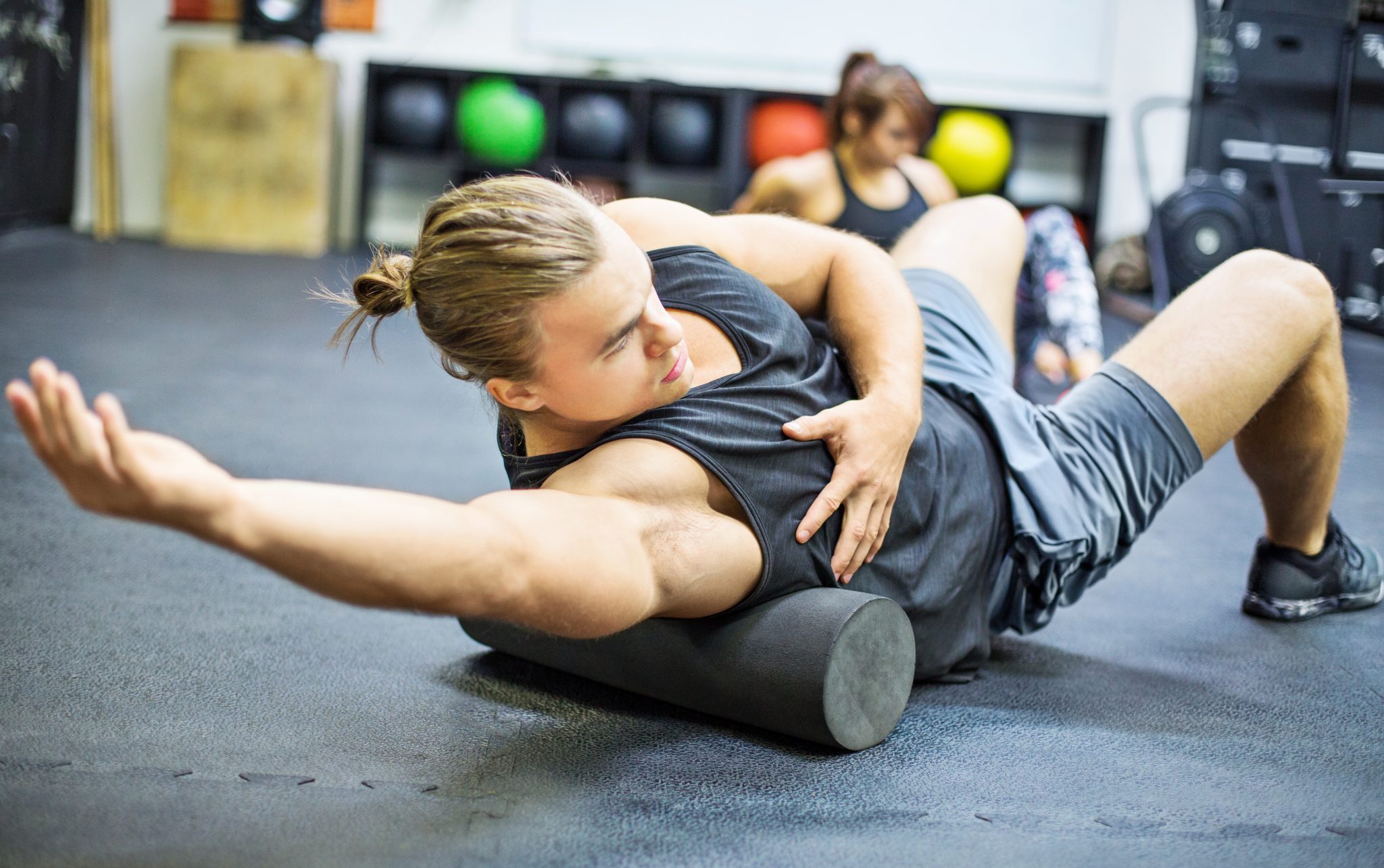More flexible during the workout and less muscle pain after? It’s possible with a simple piece of exercise equipment called a foam roller. There are many foam rolling techniques around, and some gym-goers even tend to improvise, but the question is: does it really affect your well-being and performance?
Studies related to foam rolling are infuriatingly inconclusive. It doesn’t seem to affect athletic performance too much, but it does seem to make your muscles more flexible – so, it's a great tool for a warm-up. Not only a warm-up: if you do this after a particularly serious workout, it will diminish your delayed muscle pain. It means you won’t have to sadly and painfully hobble up the stairs tomorrow!
Looks like it’s worth giving it a try. It isn’t so innocent, though: foam rolling might also pose some risks. But don’t worry – we will warn you!
Relax the calves
Calves are an important area of the body often overlooked in favor of the IT band. IT band tends to remind of itself rather clearly (you feel when it’s getting tight!), and calves… Well, they will take care of themselves somehow.
This relationship is reversed when it comes to foam rolling. Rather than massaging the IT band (more on that later), foam rolling your calves will improve their mobility and prevent injury in this especially sensitive area.
- Sit on the floor, supporting your weight with your hands, your ankles on the roller.
- Move towards the roller so that it approaches the knee.
- Before reaching the knee, rock side-to-side for 20 seconds.
- Cover the remaining distance to the knee with this movement.
Roll the hamstrings
Your thighs are strong and you never forget to stretch your hamstrings after a workout. So why do you still feel tension in your hamstrings? One possible answer concerns a part of your body you probably haven’t yet heard of – muscle fascia. Fascia are the complex ‘coating’ of muscle. Each one is sliding by each other, protecting your muscle fibers… But sometimes they can get stuck together and cause discomfort – maybe that’s what causes that little point in your hamstrings?
Right foam rolling techniques can help get rid of trigger points in your muscle fascia.
- Sit on the floor, foam roller under your legs.
- Roll from just over your knees to your butt cheeks for 15-20 seconds.
Strong quads… But not rigid!
Many of us like to incorporate sport into our daily activities. Why run on the treadmill in a closed and sweaty gym, when you can do it by the river? And climbing feels much more satisfying when you go up the hill in the forest while walking your dog. Since most of outdoor exercises contain walking, running or climbing, nature lovers often have strong and pronounced quads.
But strong quads need love too – and one way to give it to them is through this technique.
- Lay on the floor with foam roller just above your knees.
- Roll towards the hips, rocking side to side for 20 seconds.
- After reaching the hips, start from above the knees again.
- Lift one leg if the pressure is not enough.
Glorious glutes
The effect of foam rolling techniques is sometimes seen as one of the things that ‘hurt so good’. After the workout it’s great to feel your muscles massaged, even if the massage is strong. But sometimes we tend to go a bit extreme (and careless!) about our own body. We imagine that the more pain we feel, the better the effect is going to be.
When it comes to foam rolling, you should avoid such simplistic thinking – it shouldn’t hurt more than muscle stretching in yoga or pilates. Glutes are a strong muscle group that seems to be able to endure anything – therefore you should be careful in order to get best results without any negative consequences.
- Put your butt on the roller, bring one ankle across other leg.
- Move the roller up and down, side to side – use your arms for support.
- Hold the pressure for longer in particularly tender spots.
Outer thighs
As we have established, the whole point of rolling is to relax and entangle your muscle fascia. Therefore the exercises should be aimed at your muscles and not to some other part of the body. Your ligaments might feel tense and you might think that your joints would benefit from it, but avoid actually doing it. The ligaments (such as IT band) and joints will at best not be affected by these movements at all.
So instead of your IT band, why not give your outer thighs a roll? It is especially useful for women, since they tend to have tighter outer thighs.
- Lie on your side, foam roller just under your hip.
- Roll down towards your knee – keep your abs in for balance.
- Repeat on the other side.
Sides and shoulders
Rolling your back and shoulders sure feels good... But don‘t go lower! The muscles in your lower back are supposed to be strong at all times to keep your spine straight. Foam roller techniques might relax them too much, or at worse, make them spasm! Be careful around your spine too – better to keep your workout to your shoulders (again, avoiding the joints) and sides.
Besides, nowadays many people feel tension in their upper back – due to desk jobs, one-shoulder bags and poor posture. Why not move it around a bit?
- Lie on your back, lean upper back into the roller.
- Slowly press inro the right side, raising your left shoulder.
- Change sides.
- Place the roller under your arms, roll to the bottom of your rib cage.
- Switch sides.

